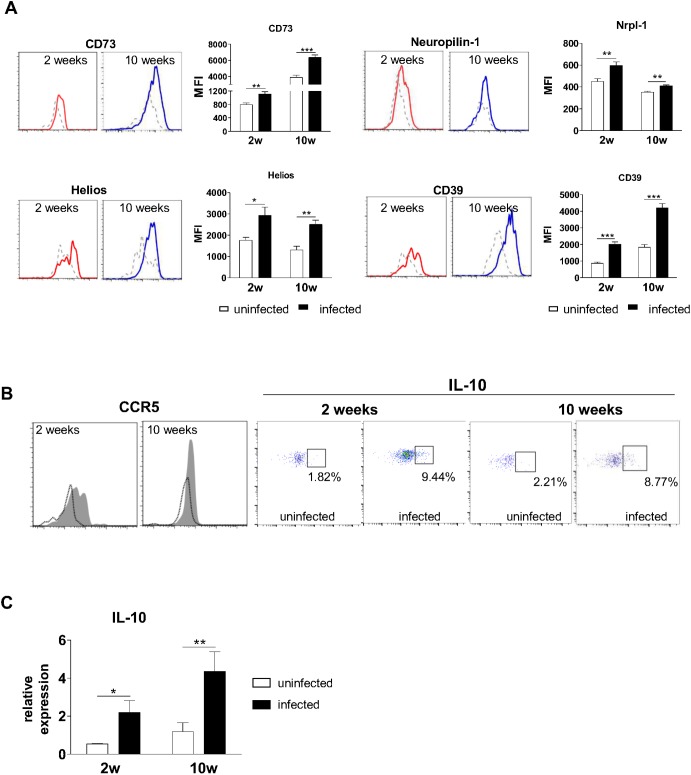Fig 2. Treg cells display a natural-like phenotype and express typical surface and intracellular markers during infection.
(A) Expression of surface and intracellular markers suggest a natural Treg-associated phenotype, as demonstrated by increased expression of Neuropilin-1, CD39, CD73 and Helios. Solid lines represent infected mice, whereas dashed lines indicate uninfected mice. (B) Treg cells in the lungs exhibit augmented expression of the chemokine receptor CCR5 and the suppressive cytokine IL-10 after infection with Pb18. Cells were stained for surface CCR5 or permeabilized and stained for intracellular IL-10. Histograms were gated on Foxp3GFP+ cells and show infected (shaded area) and uninfected (black line) mice. Dot plots display the frequency of Foxp3GFP+ cells expressing IL-10. Histograms and dot plots are representative of three independent experiments with at least five mice per group. (C) IL-10 mRNA levels in Treg cells increase after infection, as analyzed by RT-PCR. Treg cells from lungs of uninfected and infected mice (weeks 2 and 10 after infection) were isolated and total RNA was extracted. After cDNA synthesis, RT-PCR was performed using primers for IL-10. Bars represent mean ± SD from at least 5 mice per group. One representative experiment is shown (* p < 0.05; **p < 0.005).

